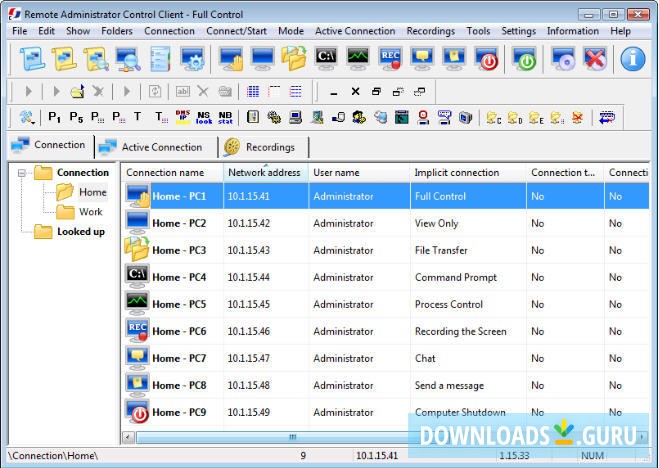
- #Wakeonlan avasst how to#
- #Wakeonlan avasst install#
- #Wakeonlan avasst full#
- #Wakeonlan avasst password#
- #Wakeonlan avasst Pc#
You could use an existing Opnsense user but I’d suggest creating a separate one just for HASS.
#Wakeonlan avasst install#
#Wakeonlan avasst full#
Well I don’t have a Wifi network for my Homelab VLAN so I can’t use a Pi Zero, and I really didn’t want to use a full Pi for something as simple as WOL.Įnter Opnsense. Instead of having to shut it down/turn it back on (requiring me to trudge down to my basement) I figured I’d try using WOL and just suspending the server when I’m not using it. However I’ve been playing around with a homelab (my old retired server) but I didn’t want it running 24/7 wasting power when I only use it sporadically. My bigger problem was that I needed a Pi Zero on the same subnet which usually wasn’t a problem. It worked great but having to poke firewall rules, having SSH keys on HomeAssistant, etc always made me a little uncomfortable. I then set up SSH keys and added it to HomeAssistant, along with a script I could call via a shell_command. To get around this, my solution for a long time was to have a Raspberry Pi Zero on the subnet I wanted with the wakeonlan package. My biggest annoyance is with my network setup, I have multiple VLANs/subnets, and WOL doesn’t really like to be routed across subnets for reasons I only barely understand so I’m not going to try to explain. WakeOnLAN is one of those things that you love to hate.
#Wakeonlan avasst how to#
The main differences being 1) little bit improved layout/format (subjective) and 2) I figured out how to do a call to just wake a single device. Most of the steps below come from their guide. Wake-On-LAN Virtual Machine shows log information on the screen, generates a log file and Event Viewer logs.Note: Significant hat tip here to /u/abstractbarista for this guide. The Windows service allows to power on virtual machines without logon to the host machine. The program consists of a Windows GUI application and a Windows service.


#Wakeonlan avasst password#
If a magic packet contains a six byte SecureOn password the machine only wakes up if the password is correct. If Wake-On-LAN Virtual Machine receives a magic packets with MAC address which is in the list it turns on the found virtual machine using vendor utilities. The list can be exported to different file formats. Then it retrieves a list of virtual machine names, their MAC addresses and optional SecureOn passwords and shows it as a tree view.
#Wakeonlan avasst Pc#
When the program starts it searches for existing Microsoft Hyper-V, Windows Virtual PC, Microsoft Virtual PC 2007, Oracle VM VirtualBox, VMware Server, VMware Workstation, VMware Player and Parallels Workstation virtual machines. Wake-On-LAN Virtual Machine implements the Wake-On-LAN computer networking standard to turn on virtual machines. If physical host machine has not enough resources or performance to keep every virtual machine running the solution is to start virtual machines only when needed.


 0 kommentar(er)
0 kommentar(er)
